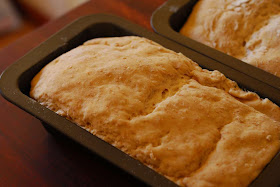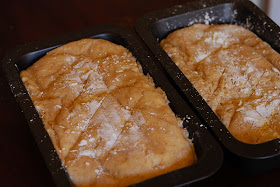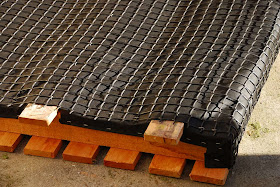
When last did you have avocado other than plain or in guacamole? Well, here is an idea in answer to the challenge from the the ZZ2 farming group.
There is a plethora of recipes for avocado and the challenge here was to come up with something new.
In my mind, that calls for simplicity, otherwise people may not make the dish. Simple ingredients, simple processing, great taste. Those are the basic requirements. Of course, the plating and dishing up of the food is up to the individual cook. If you are just plain hungry, just chuck everything together and dig in.
However, in my view one has more pleasure from a dish than just throwing everything together. “Moerbeikos” is the Afrikaans slang word for food slapped together. A bit derogatory. A dish like this deserves some TLC, I would imagine. Especially if it will be served to your loved ones.
I thought up this version of avocado Ritz as a low fat, almost organic, version of the classic dish. And there is no mayonnaise. Just fresh, wholesome seafood, chourizo, yogurt and salad leaves. Add some real butter, salt and freshly ground pepper, not forgetting the requisite avocado, and you have a delicious tangy starter or main dish. In my house, I earned the nickname of the Hungry Sailor, so ours was a main meal. Copious amounts of the dish.
This one I call Twisted Ritz, in memory of the huge quantities we consumed while working in Nigeria. You can have this dish every day in that part of the world. Which is why I had to engage in a serious exercise regime to keep my weight down.
But that is a different story.

I used shelled prawns, as these are easier to eat. But you may use prawns in the shell for the looks. Makes for messier eating, which I am sure will add to the whole eating experience. Bear in mind that the prawns shrink somewhat during cooking, so make sure you cook enough.
The chourizo may be substituted with any spicy sausage. This is what makes the dish slightly spicy. If the sausage is not spicy enough, add some dried chilli powder or cayenne pepper. Beware of overdosing, though.

I used salad greens from my vertical vegetable garden. If you don't have a garden, just buy some mixed salad greens from your favourite greengrocer or food deli.
The quantities given will make 2 full portions or 4 starters.
Twisted Ritz ingredients
1 small avocado
250 ml plain yogurt
2 teaspoons lemon juice
pinch of salt
freshly ground pepper to taste
1 cup prawns
150 mm length of chourizo, sliced into thin wheels
1 clove fresh garlic, chopped and mashed
dollop of butter for frying
salt
freshly ground pepper
Choice of any or all of the salad leaves below:
Lettuce, assorted
Fennel
Rocket
Spring onions
Grass onions

Process
Peel and dice the avocado. Add all the yogurt, some salt, the lemon juice and some pepper. Whisk until the mixture is nice and smooth. Then put it aside to rest and develop flavour.
Keep your fingers out of it, otherwise there may not be sufficient left over to dish up!
 Melt some butter in a frying pan. Fry the mashed garlic until it becomes slightly brown, then add the chourizo. Fry the chourizo until it has a nice brown tinge, then remove from the pan. Add the prawns directly to the juices in the pan and fry them in turn until brown. The prawns will shed water at first and will be cooking rather than frying. No reason to fret, just wait until the water has boiled away and carry on. Prawns taste better after being browned in butter.
Melt some butter in a frying pan. Fry the mashed garlic until it becomes slightly brown, then add the chourizo. Fry the chourizo until it has a nice brown tinge, then remove from the pan. Add the prawns directly to the juices in the pan and fry them in turn until brown. The prawns will shed water at first and will be cooking rather than frying. No reason to fret, just wait until the water has boiled away and carry on. Prawns taste better after being browned in butter.The dishing up part is where the cook's personal artistry comes into play. I arranged some of the salad leaves in ramekins, then added a dollop of the avocado mousse before adding the prawns and chourizo.
Garnish with some of the chopped spring onions and serve with a fruity dry white wine.
Voila, a new, healthy avocado dish!
Bon appetit!
This blog post compiled in answer to the ZZ2® Afrikado blogger challenge. Please vote for me at the ZZ2 Afrikado Challenge Facebook page.
Authored by Johan Zietsman
Last updated on 2013-07-29






















